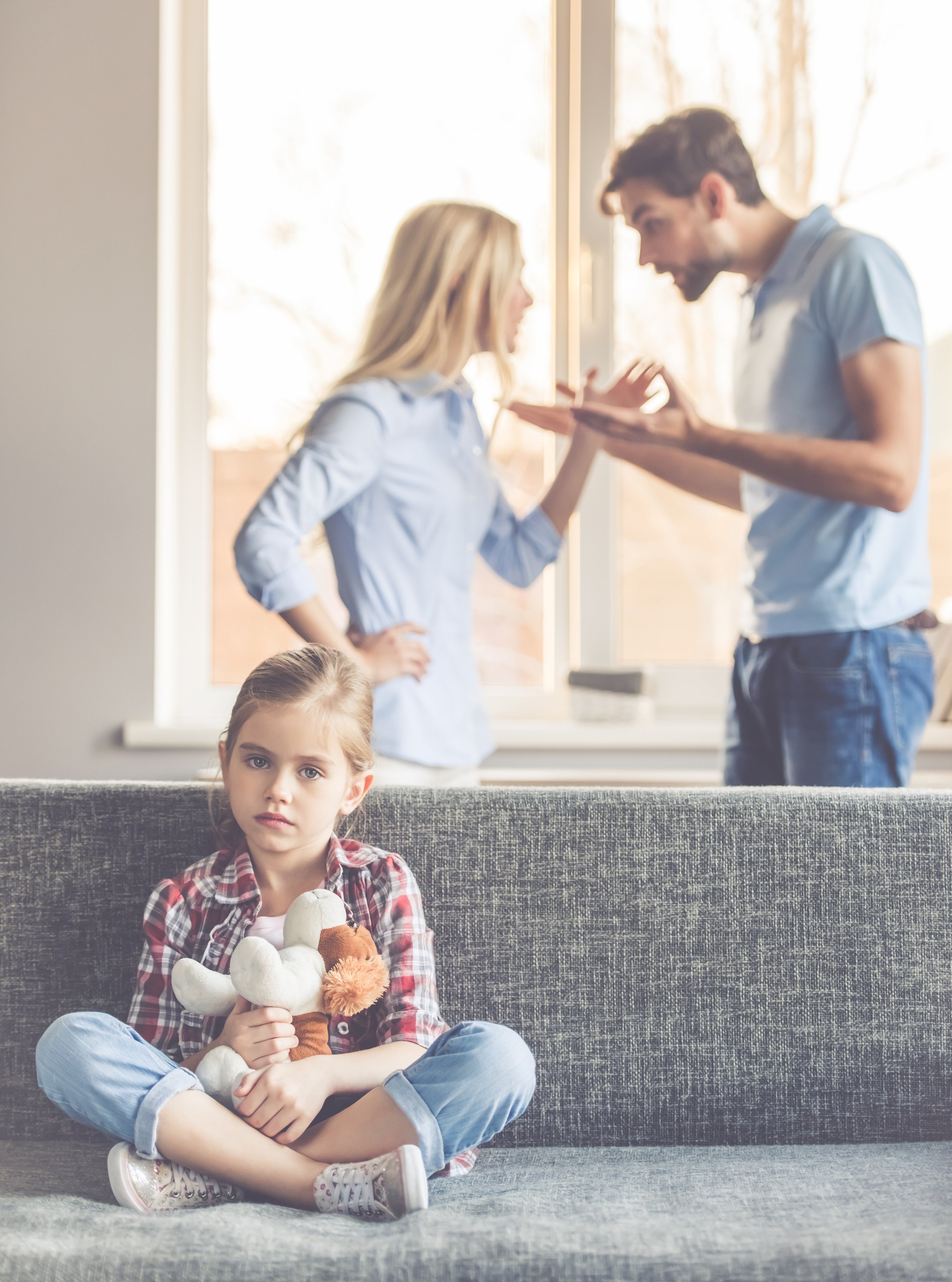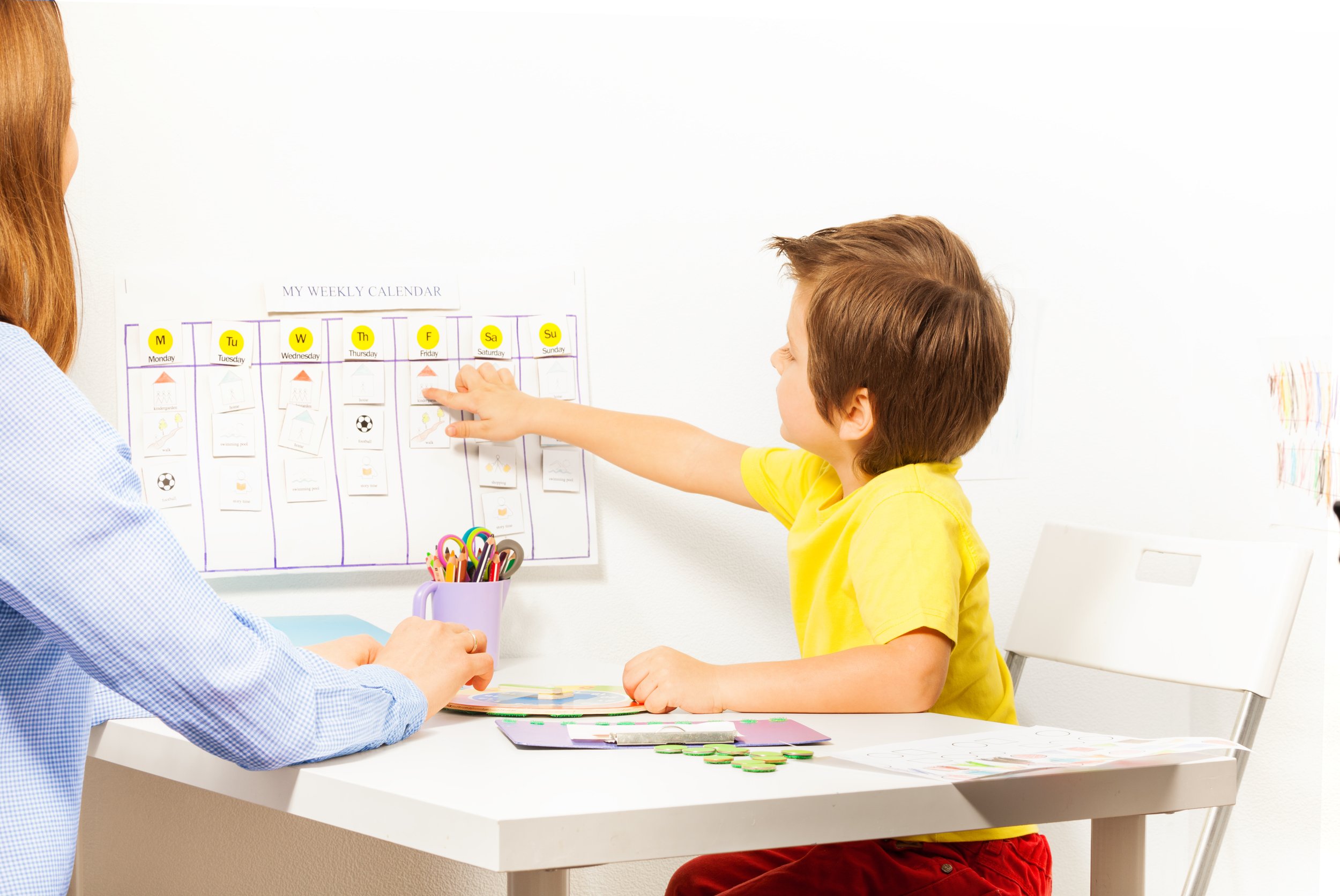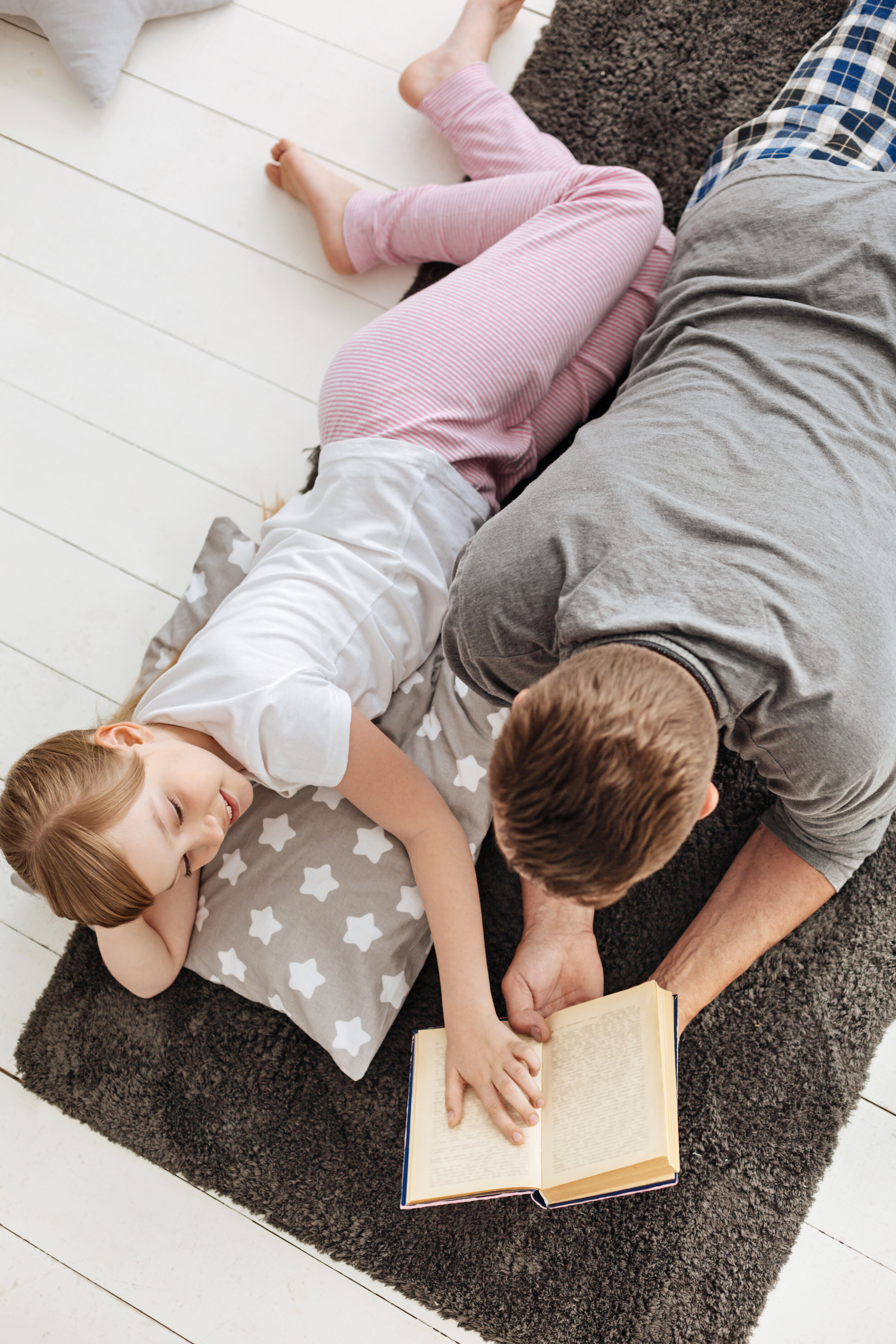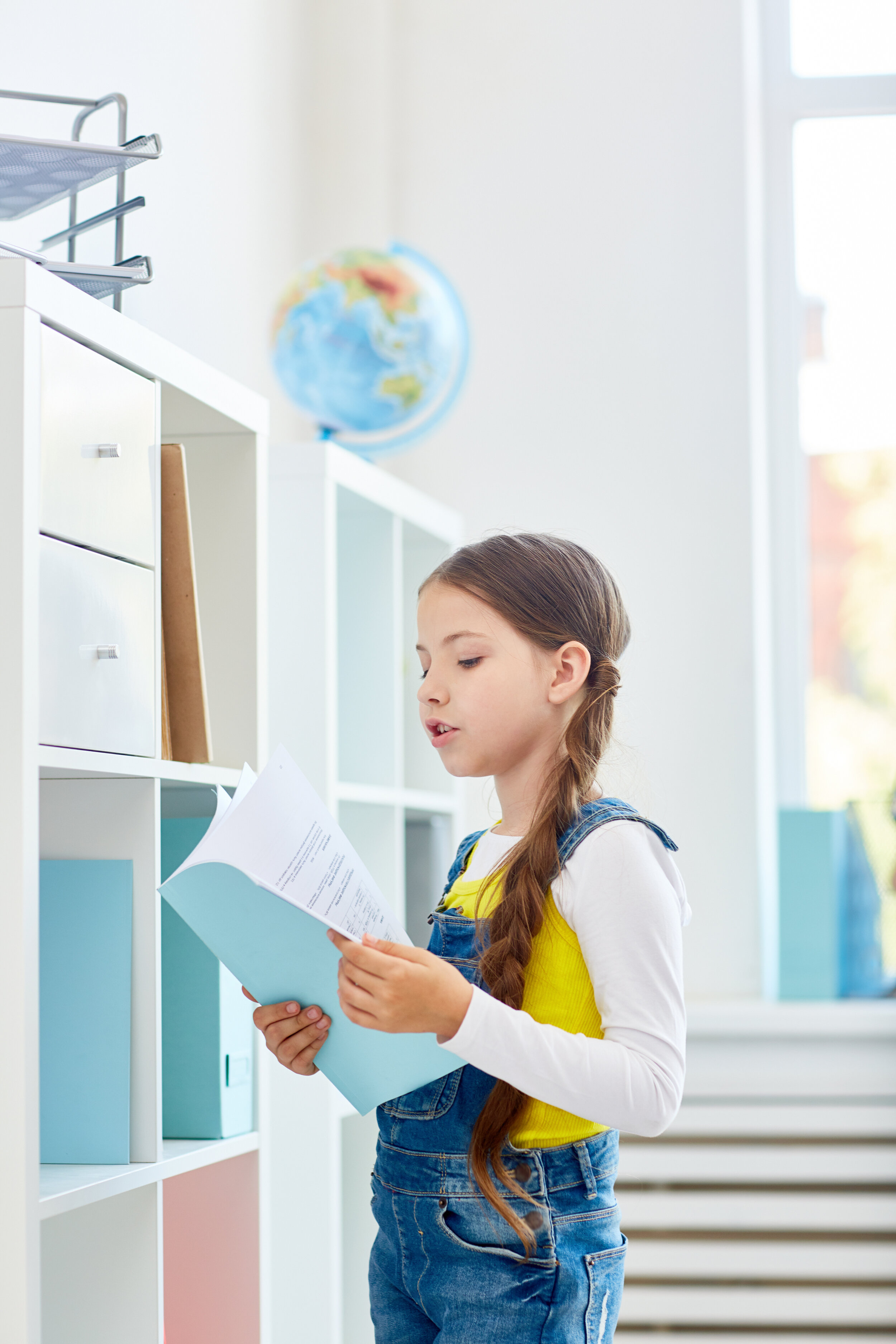Homeschool Makeover: How Can I Make Our Homeschool Less School-y?
Jenn’s been struggling to find a balance between the structure and academics she needs and the fun, laidback vibe she wants her homeschool to have. We help her make some adjustments to make her homeschool more relaxed.
“I love the idea of unschooling, but I’m never going to be an unschooler,” says Jennifer Harris. Jenn homeschools her 9-year-old son Ian in a style that she calls Charlotte Mason-ish—“but lately, it’s feeling like all workbooks and dictation and sitting-at-the-desk time, which is too far in the other direction,” Jenn says.
We asked Jenn to track her time over a couple of weeks so that we could get a clearer idea of what a typical day in her homeschool looked like. Jenn was surprised to discover that she and Ian usually spent about two hours a day on school time—“it feels like so much more,” Jenn says. On most days, they’d start school after breakfast, then sit down together at the table to work. Sometimes Ian would read independently, sometimes Jenn would read aloud, but they’d stay at the table, working their way through one subject at a time, until it was time to start lunch. Jenn’s husband, Frank, comes home for lunch every day, so she and Ian hurry to get the table cleaned up and lunch prepared so that they can all enjoy the meal together.
“It’s gotten to the point where school feels like work to both of us,” says Jenn. “I care about staying on top of things academically, but I hate the way our learning process is starting to feel like a job. Is there a way to bring back fun without sacrificing academics?”
The PLAN
Since it was pretty clear that Jenn wasn’t overdoing it time-wise — two to three hours is a reasonable amount of hands-on school time for a third-grader — we decided to focus on the way she was using her time. By spending all their school time at the table and keeping an eye on the clock ticking toward a lunchtime deadline, Jenn and Ian weren’t able to relax into their routine. Here’s how we changed things up:
Moving classes to the afternoon. When I asked Jenn why they were doing all their school work before lunch, she paused and said, “You know what? I don’t even know.” It turns out that afternoons are quiet at the Harris house. Except for a regular Friday park day, Jenn and Ian are hanging out at home in the afternoons. We suggested moving their second hour of school time to the afternoon to make the morning more relaxed. Instead of jumping into their next lesson after handwriting, Ian starts his independent reading and Jenn gets household stuff out of the way until it’s time to prep lunch.
Starting the day with a meeting at the table. Jenn felt like table time was essential to starting their homeschool day. “I need the structure of sitting down in a consistent spot every day and saying okay, now we’re homeschooling,” Jenn says. We suggested that Jenn keep doing this — but instead of spending an entire morning at the table, she and Ian could get the same down-to-business boost from a morning meeting there right after breakfast. While they’re at the table, Ian does his daily copy work and handwriting practice.
Relocate for different subjects. The kitchen table is the best place for Ian to practice handwriting, but his other subjects might benefit from a change of scene. We suggested that Jenn and Ian switch locations each time they move to a new subject: math on the patio, history on the couch, spelling at the desk in Ian’s room, etc. This kind of musical chairs isn’t just a way to transition between subjects—researchers have discovered that students who work on material in different places retain it better than those who sit in the same spot to study every day.
Integrate more reading aloud. Ian’s a strong reader, and Jenn’s been encouraging him to do more independent reading, but since readalouds are one of the things Jenn and Ian like best about homeschooling, we suggested that they bring back the readaloud. (Kids benefit from being read to long after they’re able to finish chapter books on their own, and reading together means you get to learn together—which is one of the best ways to feel like your homeschool is a fun, relaxed place.) We suggested that Jenn and Ian go back to doing book-based subjects, including history and science, as readalouds and letting Ian keep his reading skills sharp with independent reading.
The results
“I didn’t realize such simple changes could make such a big difference, but they really have,” Jenn says when we follow up with her. She and Ian have been implementing their new routine over the past month, and Jenn says everything is working better than she had hoped.
“I think I bought into the idea that when we hit third grade, school should become more school-like,” Jenn says. “And the result was that Ian was learning about the same amount but we were having a lot less fun. I think I needed someone to say ‘Hey, you can teach your kid what he needs to know and still have fun doing it.’”
This column is excerpted from the summer 2016 issue of HSL. Do you need a homeschool makeover? Email us at hello@homeschoollifemag.com with a description of what’s tripping up your homeschool life, and we may feature your makeover in an upcoming issue.
































A creative learning space is less about actual stuff and more about giving your children space to explore ideas in different ways.